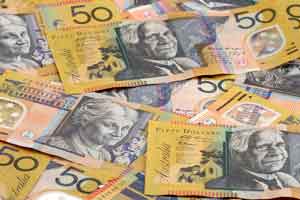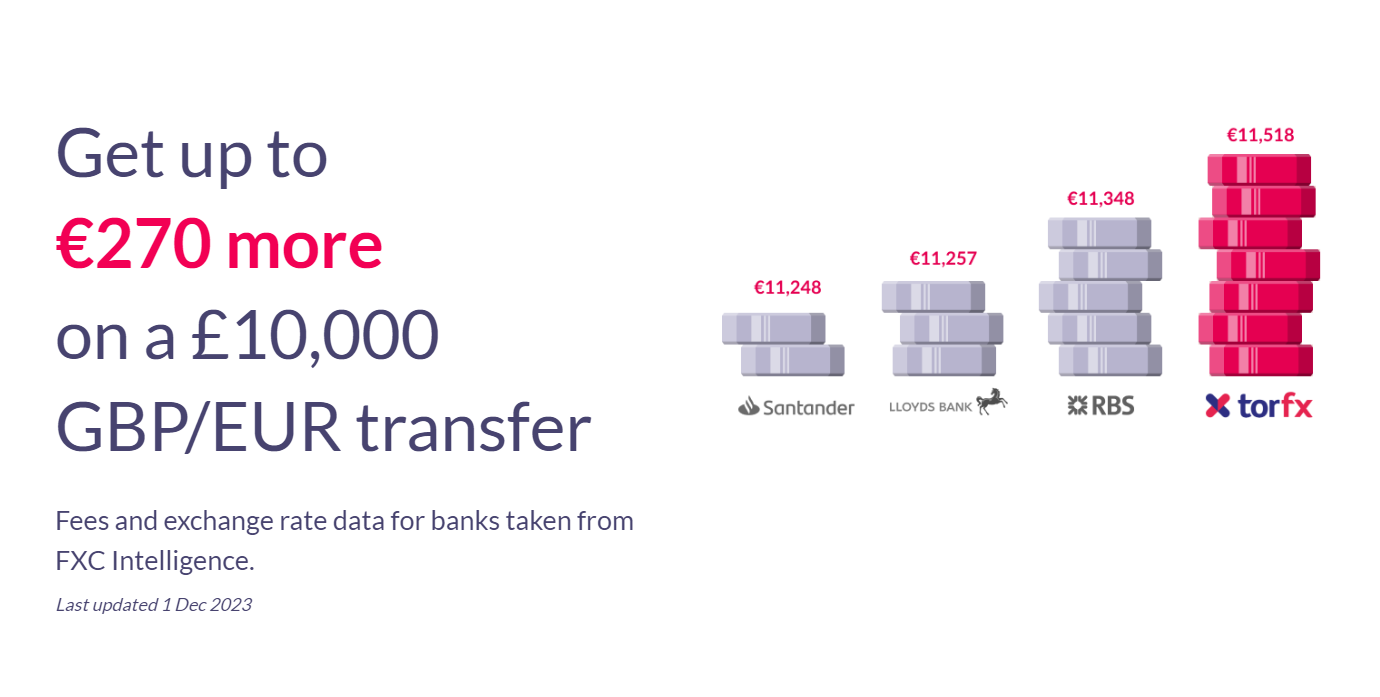Pound Australian Dollar (GBP/AUD) Exchange Rate Rises Despite Underwhelming UK Employment

- by Admin
- April 17, 2024

The Pound Australian Dollar (GBP/AUD) exchange rate strengthened on Tuesday, despite an increase in UK unemployment.
At the time of writing, GBP/AUD traded at AU$1.9406, an increase of 0.4% from Tuesday’s opening levels.
Pound (GBP) Wavers amid Disappointing UK Employment Data
The Pound (GBP) traded within mostly narrow boundaries during Tuesday’s session following the release of disappointing UK employment data.
The UK’s unemployment rate for February jumped to 4.2%, from an upwardly revised figure of 4% in January. An increased amount of people were found to be out of work, either due to sickness or other factors, alongside a notable fall in job vacancies.
Furthermore, wage growth cooled in the three months leading to February, with data printing at 6%, a deceleration from January’s level of 6%.
The data served to increase bets that the Bank of England (BoE) would be able to cut interest rates in the summer.
Jake Finney, an economist at PwC, commented that: ‘The latest data suggests the UK labour market continues to cool, albeit at a gradual pace considering the strain the economy has been under over the past few years. The unemployment-to-vacancies ratio, a key measure for the Bank of England, ticked up to 1.6 in the three months to February 2024 as unemployment increased and vacancies fell further.’
Sterling was further muted on Tuesday due to a firmly downbeat market mood, which undermined the increasingly risk sensitive Pound.

Australian Dollar (AUD) Exchange Rates Drop as Market Mood Sours
The Australian Dollar (AUD) struggled to attract support during Tuesday’s session, as a firmly sour market mood counteracted the latest crop of Chinese GDP data.
For the first quarter of 2024, China’s economy grew by 1.6% on a quarterly basis, an increase over an upwardly revised 1.2% growth rate in 2023’s fourth quarter.
China’s National Bureau of Statistics said: ‘Generally speaking, in the first quarter, the national economy made a good start with positive factors amassing, laying a strong foundation for achieving the annual development targets.’
While this would generally support the Australian Dollar due to its nature as a Chinese proxy currency, the downbeat market mood counterbalanced any support the highly risk sensitive ‘Aussie’ may have encountered.
Continued concerns over further escalations in the Middle East undermined investors risk appetite during Tuesday’s session. Israel and Iran are engaged in a game of brinkmanship as Israel mulls further retaliation, following Iran’s response to Israel attacking an Iranian embassy.
While it is hoped that cooler heads will prevail, concern over further conflict worked to unsettle investors during Tuesday’s session, which weakened the risk sensitive Australian Dollar.
Pound Australian Dollar (GBP/AUD) Exchange Rate Forecast: UK Inflation Data in Focus
Looking ahead for the Pound, the core catalyst of movement is likely to be the latest UK inflation data, reflecting headline and core inflation rates during March.
Due to print on Wednesday, both headline and core inflation rates are forecast by economists to have cooled in March, which could weigh heavily on the Pound by prompting investors to increase their bets on interest rate cuts from the Bank of England.
As inflation continues to cool in the UK, the closer it comes to the BoE’s target rate of 2%, the higher the likelihood of rate cuts from the central bank.
This data is then followed by a speech from BoE Governor Andrew Bailey on Wednesday evening. If Governor Bailey hints at a shift towards looser monetary policy, the Pound could weaken further against its peers.
For the Australian Dollar, the primary driver of movement is likely to be the latest Australian jobs data, due to print on Thursday.
The unemployment rate for March is forecast to have increased from 3.7% to 3.9%, which could weaken the ‘Aussie’ by suggesting growing slowdown in the Australian jobs market.
The Latest News
-
November 22, 2024Golf helps ‘Wicked’ star Mary Kate Morrissey play one of Broadway’s biggest roles – Australian Golf Digest
-
November 22, 2024‘Taking a bullet for your country’: Indian rookie’s defiance as Starc shoots down Perth claim
-
November 22, 2024Blink and you’ll miss it: After 17 wickets already, the Perth Test will only speed up from here
-
November 22, 2024India bowlers sow trouble Down Under: What is Australia’s lowest team score in Tests at home? | Sporting News India
-
November 22, 2024Second Australian dies from tainted alcohol in Laos, sixth death reported




